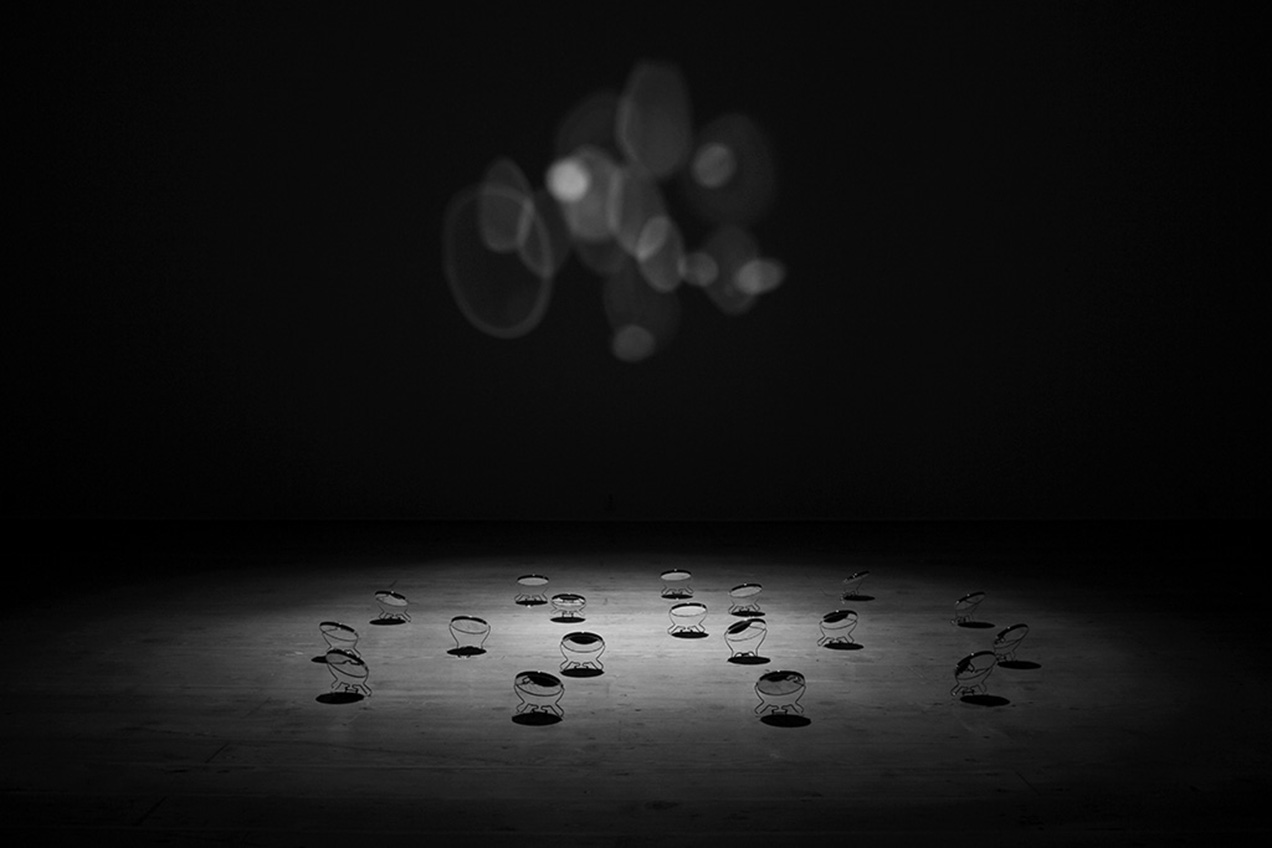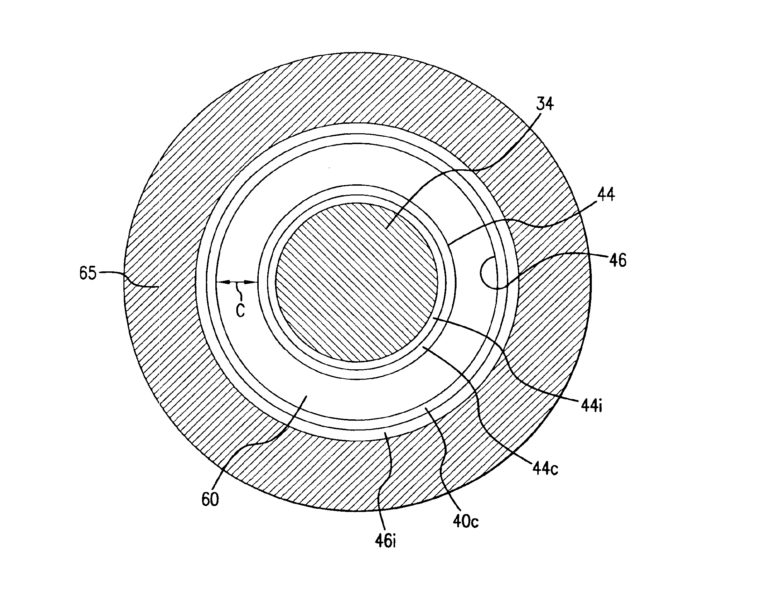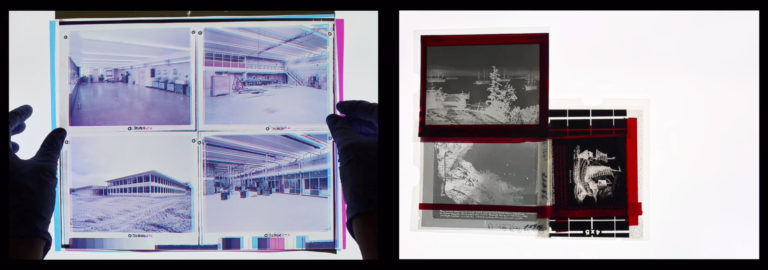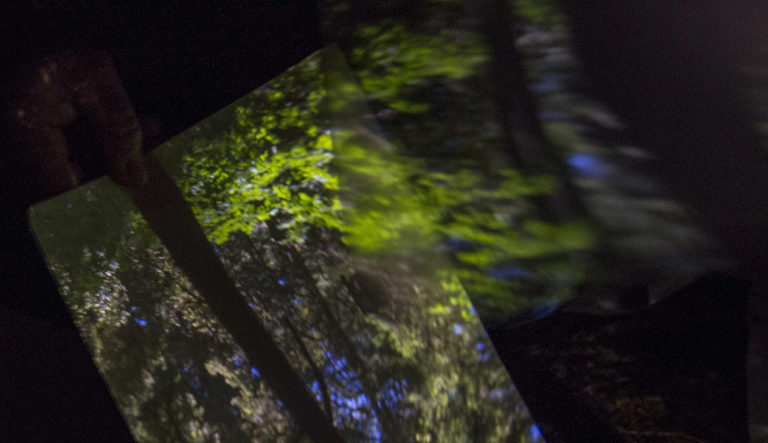Conduit: Open Space
Conduit is a collaboration between Trudi Lynn Smith and Jamie Drouin:
CONDUIT Open Space Description (from Open Space gallery guide, written by the artists)
Conduit emerged in response to a call for submissions by Open Space Gallery that asked for a visual artist and a sound artist to come together to create an artwork that brings sight and sound together in a new way. Titled Convergent Boundaries, it was described as
a place where two tectonic plates slide together to form a subduction zone or a continental collision….Convergent boundaries …should function as the theme of the artwork dealing explicitly with the boundaries between visual and sonic arts and how these boundaries may be transcended….
The artists proposed Conduit as an exploration of light and sound, one that places the building that Open Space is housed in as central in the work. In one of his notes from The Box of 1914, Marcel Duchamp proposes a challenge, to “make a painting of frequency.” It is from this suggestion that the installation, Conduit, takes direction. As Craig Adcock (1992) points out in an essay about Duchamp, while frequency is something that we normally correlate with sound, it can actually be used to describe the entire electromagnetic spectrum. Frequency is a “matter of wavelength” and this matter can be manifest as sound or light.
Frequencies: light and sound
While much of the history of art is premised upon difference — thereby separating sonic and visual artists — the genesis of light and sound is found in shared wavelengths, or frequencies. Indeed, sound waves are essentially the same as light waves, and it is translation by the human body into sound or vision that separates the wave into different experiences. Our bodies act as conduits to these transmissions. Conduit draws upon the productive friction of these shared waves to generate a site specific work for Open Space Gallery.
Using the central skylight in the gallery as one starting point, the artists direct frequencies into the gallery space using a physical representation: light. The installation channels the everyday experience of the celestial sphere into the gallery space to produce a particular experiential encounter by using a simple aperture. This visual component of the installation is based upon a simple camera obscura design. The view from the skylight enters through a small aperture, and is thrown onto the gallery floor in the shape of a spotlight. Inside the spotlight, a group of mirrors reflects the light onto the wall inside the darkened gallery. Rather than attention being placed upon the resulting image produced by the aperture of the camera obscura, this installation draws attention to the soft intensity of the beams of light. The light is in constant flux, changing in strength and hue with the time of day, weather, and movement outside, thereby linking the gallery to the ever changing nature of the environment just outside of the gallery skylight.
Subtle manipulation and fundamental impermanence
Tracking both the possible history and the out of range sounds of the everyday, the sound component is generated from a temporary wall structure that intersects the Open Space. Antennae are built onto either side of the wall and are a factual processing of frequencies that are conducted by the wall. The antennae pick up sound that is generated within and around the gallery space, as encountered at the wall. Two frequencies are represented: One is a high frequency collection of sounds that are outside of our range of hearing but are everpresent in the gallery space. The second frequency runs through a tuner. The complexity of this sound is represented visually on an oscilloscope found behind the temporary wall.
Produced from a relationship between visual and aural experience, the installation is an experiential and ongoing encounter with place to draw attention to the complex, contingent and fundamental impermanence of our world. Playing with the unseen, the overlooked and the everyday, the gallery is bathed in darkness and subtle manipulations, to stage the psychogeography of Open Space into a performance for a two week duration.







